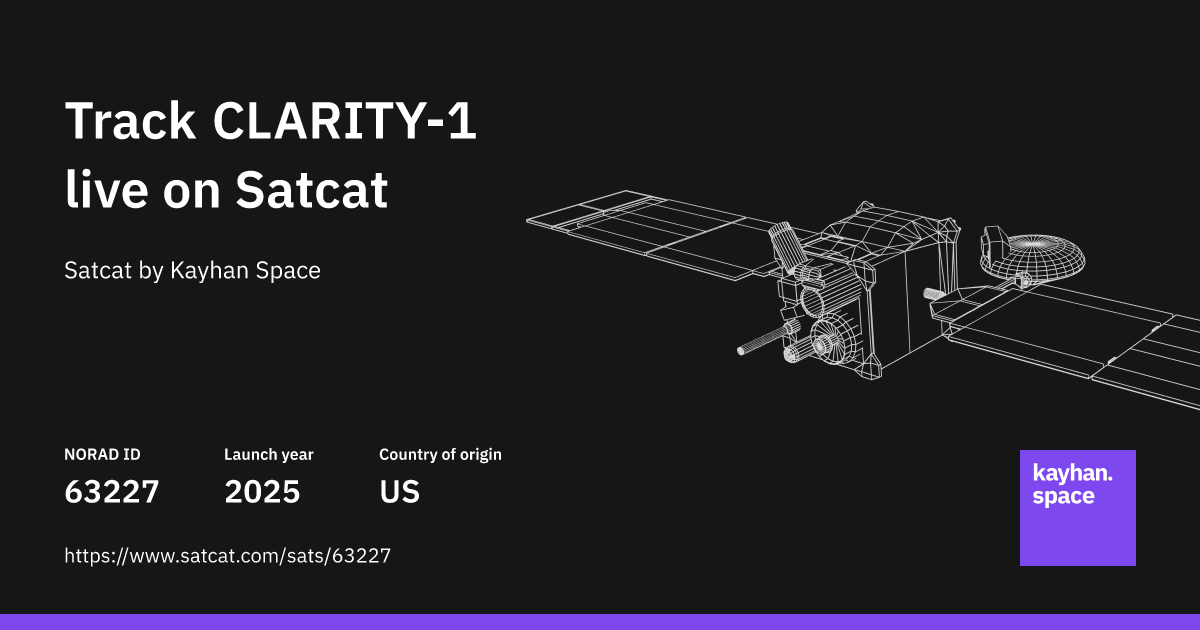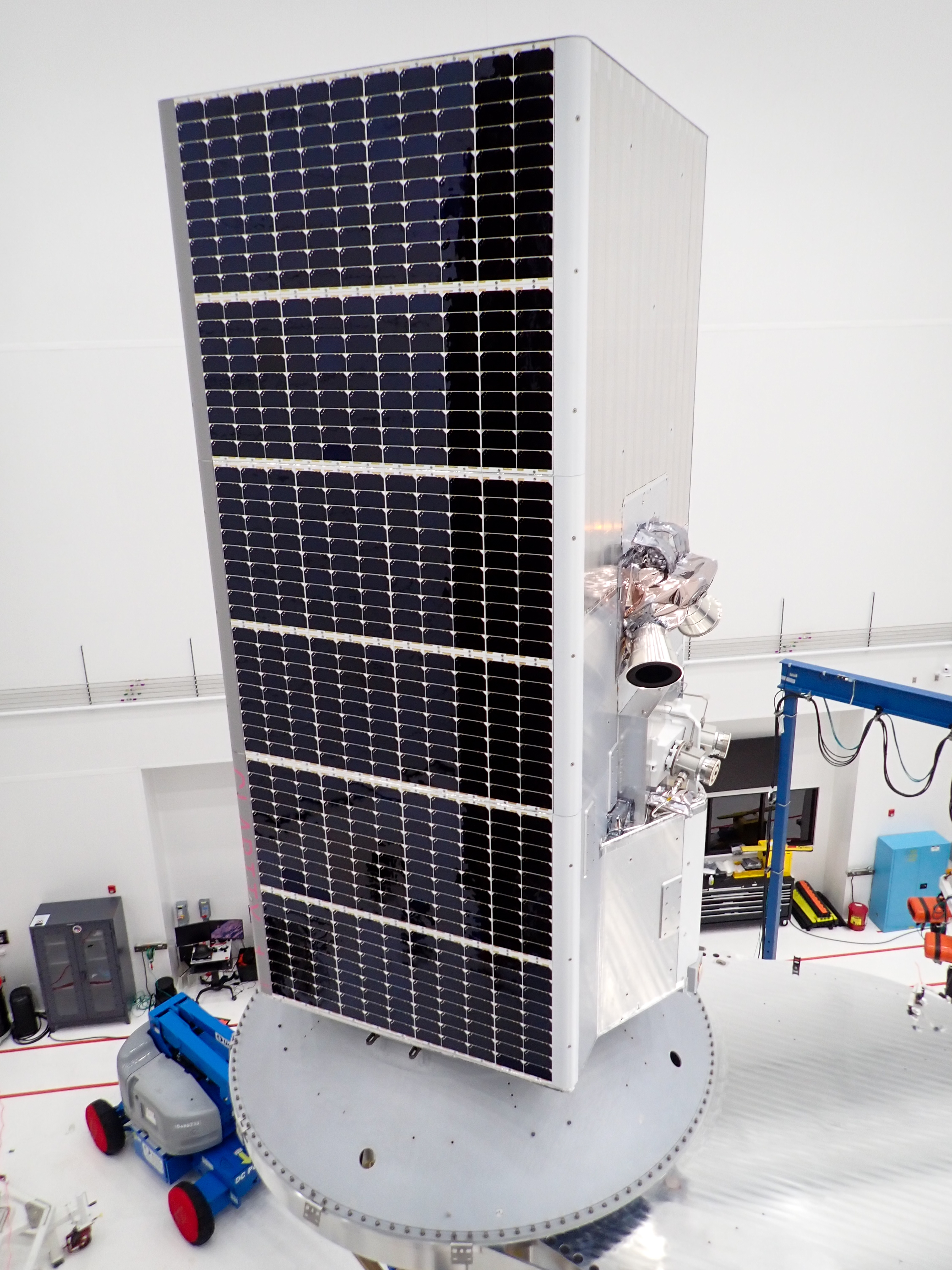- Albedo Newsletter
- Posts
- Bedo-Newsletter, August '25
Bedo-Newsletter, August '25
Clarity-1 Progress

From our T+2 Weeks update - we were proud of this joke, so you sadly have to see it again.
Three months after hitching a ride on Transporter‑13, Clarity-1 — our VLEO pioneer — has pivoted from “up and to the right” (see above image) to “down and very much on purpose.” Thrusters are lit, space is wide open (for the most part — see below), and we’ve got pedal to the metal. Heck, I’d even say we’re one Vin Diesel shy of a Fast and Furious movie.
How You Thrust Matters
Operating in VLEO unlocks 10 cm visible and 2 m thermal imagery without airplane price tags— but the environment taxes you on every kilometer. If continuous orbit maintenance is the dream job, then controlled descent is the rigorous interview process. Over the past two months, our spacecraft, software, and team have been busy 🙇
Igniting, steering, and throttling our dual electric thrusters with absolute precision
Because of this, Clarity-1 has been able to descend >3 km/day when we need to sprint, then slow down to carefully maneuver around other space objects.
Through it all, Clarity was able to ****stay stable, healthy, and communicative through every burn thanks to smart autonomy, real‑time ops tooling, and our incredible team!
The Journey So Far

As you can see from the above, we’ve made great progress since our start at the beginning of June. Having been dropped off at 515 km by SpaceX, Clarity-1 has crossed the operating orbits of normal LEO satellites, successfully avoided some Starlink satellites around 470km, passed the ISS 🥳, and entered VLEO. We’ve gotten our thruster performance to improve week-over-week; most importantly, we’ve gotten that done autonomously by designing software that exercised every feed line, injector, and valve without exceeding thermal guardrails.
How did we do it?
Metric | Goal | Current Best |
|---|---|---|
Thrusting uptime per orbit | ≥ 15 min | 25 min |
Nominal descent rate | 2–3 km/day | 3.2 km/day |
Fine-tuning: We’ve gone through burn-in, tweaked all the knobs, dialed in pointing optimizations, and tuned our thruster operations to squeeze every last milli‑Newton of force.
Wrote flight code that heals itself: Our latest onboard software sequences maneuvers, monitors health, and auto-recovers from off-nominal events without Mission Operators needing to get involved.
Turned ops into a 24/7 machine: Deterministic on-call rotations plus real-time alert dashboards? Great for Clarity and great for the team 😎.
Show me the VLEO data: Not only is the vehicle thrusting down autonomously, but we’re starting to gather valuable VLEO data — gimme, gimme 🤲
ICYMI
What’s Next?
The obvious question — when are we getting imagery? 😩
Soon! No cap.
Once we get to a low-enough altitude where it’s safe to completely jettison our payload cover, just under the orbit of the International and Chinese Space Stations, we’ll start snapping imagery. From there, we will:
Begin the process of dialed in radiometric calibration.
Perform a few other final vehicle calibrations required to begin imagery operations.
Settle into a nicely circular SSO orbit where drag, power, and downlink meet the sweet spot for commercial ops
Believe me, once we have a good enough image to share, you will absolutely know — heck, you might even get tired of seeing it 😜
Thanks for riding shotgun with us on the drop; gravity never felt so good.



Reply